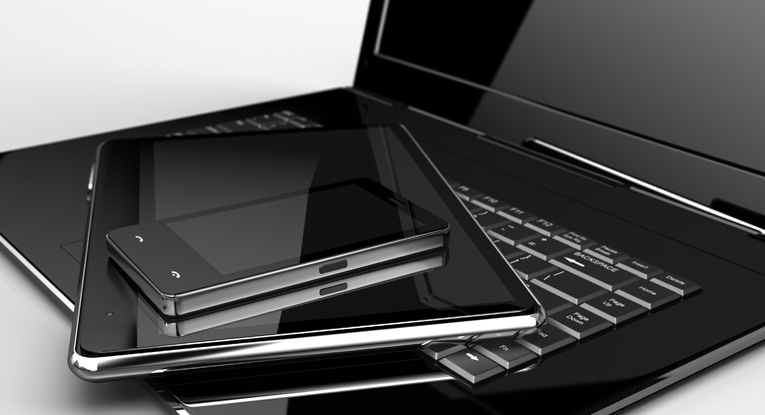
Digital Agency Blog
Marketing Trends | Multi-Screen Advertising in Phoenix
90% of all media interactions are screen based. In our modern multi-screen world we divide our media interactions throughout a majority of screen based devices. At FabCom, integrated strategic marketing agency advertising in Phoenix, Arizona, we tailor dynamic variable messaging for ourselves and our clients’ multi-channel campaigns to ensure that clients and consumers are met when and where they are most ready to be contextually engaged. In an August 2012 research report conducted by Google in partnership with Sterling Brands and Ipsos, we see a substantial premise for marketing strategy that include cross – channel multi screen engagement.
The device we choose is driven by where we are and what we want to accomplish in the amount of time needed. This is called context driven device usage. The two main modes of multi-screening are sequential screening and simultaneous screening during these contextual sessions. TV has become the least commanding of these devices and is usually found within a simultaneous screening session. Sequential Usage
In sequential usage portable screen are used most easily when moving from one device to another and are typically used in SEARCH tasks as it is a common bridge. While engaged in simultaneous screen usage our attention is split between distinct activities on each device. Consider how much time you divide between your smart phone, laptop, tablet and television each day and what state of mind you are in when using one of your devices. If you were advertising in Phoenix, where would your most likely engage with yourself and on what device and at what time? Are you in shopping, work or entertainment mode when in a multi-screen interaction?
- Smartphone – the backbone of our daily media. Most common starting point across multiple screens. Viewed as the quick access and entry point to need to know now information. Used in short bursts on-the-go.
- Tablet – Entertainment and browsing. Used at home in a relaxed and leisurely manner.
- Laptop – Productive and task oriented device, typically used in a serious attitude for research.
- Television – gains the least attention and is background at times to a sequential device usage session.
Found Time
90% use multi screening sequentially to accomplish a task over a period of time, moving between devices that same day. These activities in order of importance are browsing, social networking, and shopping, searching, managing finances, planning a trip and watching a video online. According to the Google/Ipsos/Stering 2012 Report:
“Multiple screens make us feel more efficient because we can act spontaneously and get a sense of accomplishment – this result is a feeling of “found time.”
By leveraging the knowledge of: Where consumers are in their context and on what device /while in active or passive mindsets/with or without certain tasks to be accomplished – advertising in Phoenix with FabCom yields the highest possible ROI while aligning your brand with loyal customers and followers that appreciate the personalized and appropriate levels engagement that seem to speak directly to their needs and intentions under the radar.
What are your perceptions of the New Multi-Screen World, Google/Ipsos/Stering 2012 Report and how will multi-screen device usage trends affect your business today? Leave a comment and join the conversation?